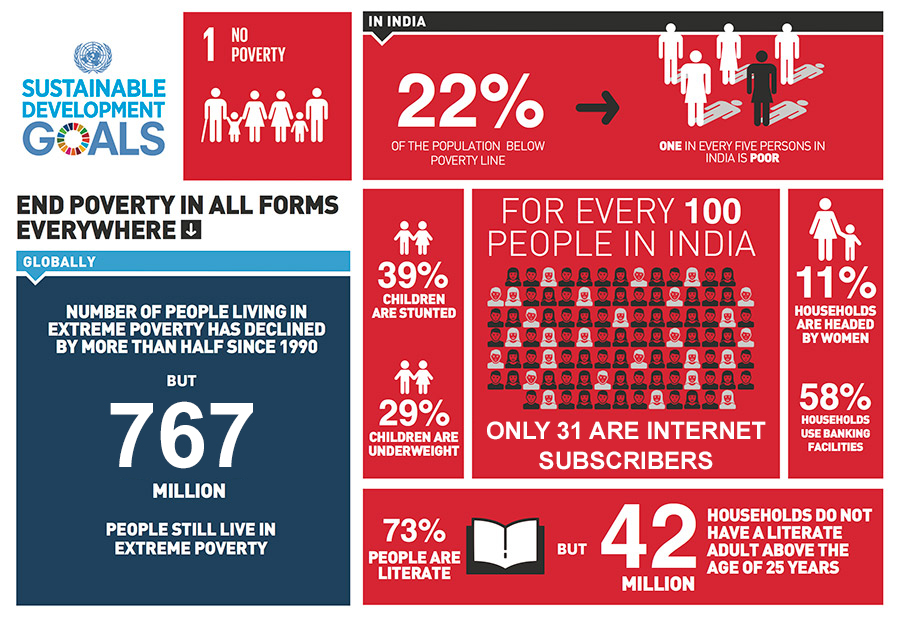Uttar Pradesh Switch to Hindi
UP Approves New Universities, Jobs
Why in News?
Recently, the Uttar Pradesh government has approved key policies and initiatives to enhance education quality and employment opportunities.
Key Points
- Policy Approval:
- The 'Uttar Pradesh Higher Education Promotion Policy, 2024' was approved by the cabinet to improve education quality and boost employment.
- Includes provisions such as:
- Stamp duty exemptions.
- Capital subsidies.
- Special incentives for sponsoring bodies.
- Additional benefits for top 50-ranked universities.
- Establishment of New Private Universities:
- Two new private universities approved:
- KD University to be established by Rajiv Memorial Academic Welfare Society in Mathura.
- Vidya University to be set up by Vidya Bal Mandali in Meerut on a 42.755-acre campus.
- Two new private universities approved:
- Impact on Higher Education:
- Aims to enhance private investment to meet increasing demand for local higher education.
- Provides access to high-quality education within Uttar Pradesh.
- Expected to create both direct and indirect job opportunities for the youth.
- Self-Employment Scheme:
- New scheme introduced to promote self-employment:
- Subsidies on loans up to Rs 5 lakh for projects in microenterprises and the service sector.
- Aim to set up 10 lakh micro units in 10 years.
- Support for 1 lakh educated and trained youth annually.
- Eligibility and Focus:
- Applicants must have at least an eighth-grade education.
- Priority for those with intermediate-level education.
- Scheme aims to boost employment in rural and urban areas.
- New scheme introduced to promote self-employment:
Uttar Pradesh Switch to Hindi
UP Aims for ‘Zero Poverty’ Goal
Why in News?
Uttar Pradesh Chief Minister announced a campaign to make Uttar Pradesh the first state in India to achieve zero poverty within a year.
Key Points
- Campaign Objective:
- Identify and support the poorest families in each gram panchayat to integrate them into the mainstream.
- Families will receive assistance in:
- Food and clothing.
- Quality education.
- Healthcare services.
- Housing facilities.
- Stable income sources.
- Family Identification Process:
- Targeting the poorest 10-25 families per gram panchayat using a three-tier, transparent selection method:
- Level 1: Identification through the ‘Mop-up’ mobile app based on criteria such as homelessness, landlessness, reliance on daily wages, and lack of resources.
- Level 2: Formation of a village-level committee comprising five members (gram pradhan, former gram pradhan, local school headmaster, and representatives from self-help groups).
- Level 3: Families receive an automated vulnerability rating via a digital system post-committee recommendations.
- Targeting the poorest 10-25 families per gram panchayat using a three-tier, transparent selection method:
- Government Schemes Benefits:
- Eligible families will gain access to various government schemes, including:
- Ration cards and food supplies from the Department of Food and Civil Supplies.
- Benefits under housing schemes like Pradhan Mantri Awas Yojana.
- Educational support such as school admissions and uniforms.
- Medical facilities through Ayushman Bharat Insurance and other health initiatives.
- Integration with schemes from the Labor Department, MNREGA, State Rural Livelihood Mission, and others.
- Access to skill development initiatives and employment benefits.
- Collaboration with educational institutions to develop tailored sustainable income plans for identified families.
- Zero Poverty portal (ZeroPoverty.in) will be integrated with the Family ID portal for efficient data management and support for families needing ration cards.
- Eligible families will gain access to various government schemes, including:
Uttar Pradesh Switch to Hindi
Uttar Pradesh Boosts Solar Energy Production
Why in News?
The Uttar Pradesh government has approved significant solar energy projects to enhance renewable energy production in the state.
Key Points
- Approval of Solar Parks:
- Development of solar parks in Bundelkhand approved under the new energy policy.
- Two major solar projects covering over 1,500 hectares of land.
- Expected capacity of 450 MW, making it one of the largest solar parks in India.
- Renewable Energy Goals:
- Contributes to Uttar Pradesh's target of reaching 22,000 MW of solar energy production by 2026-2027.
- Current Solar Capacity:
- As of August 2024, Uttar Pradesh government has installed a total solar PV capacity of 3,280.15 MW, including:
- Approximately 2,965.12 MW from utility-scale projects.
- Over 260 MW from solar rooftop installations.
- Around 315 MW from off-grid solar and KUSUM projects (according to Ministry of New and Renewable Energy (MNRE) data).
- As of August 2024, Uttar Pradesh government has installed a total solar PV capacity of 3,280.15 MW, including:




%20MPPCS%202025%20Desktop%20E.jpg)
%20MPPCS%202025%20Mobile%20E%20(1).jpg)










.png)
.png)











 PCS Parikshan
PCS Parikshan


